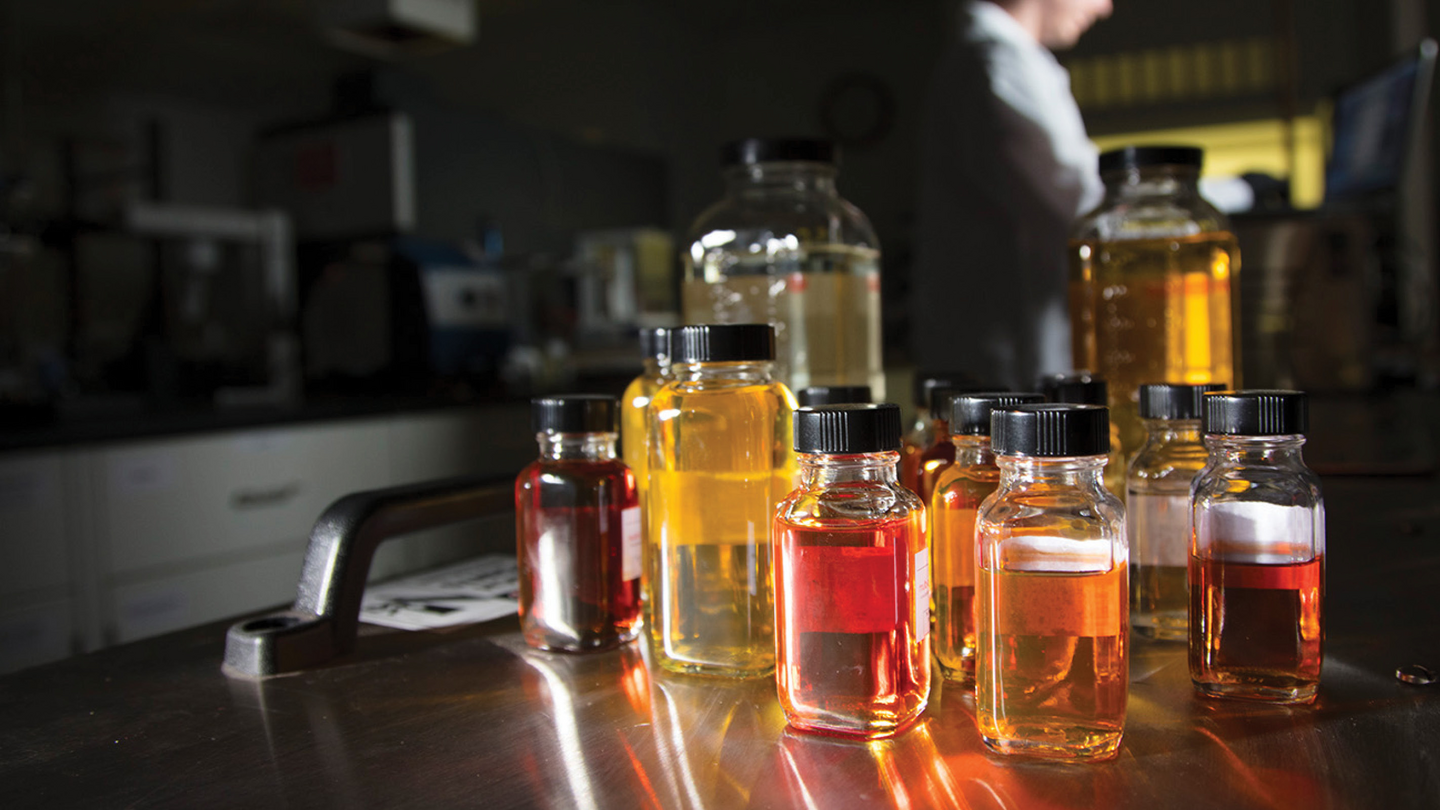 Search
Search
 Search
Search

Stabilize water-sensitive clays for improved well productivity
Talk to an expertDuring hydraulic fracturing, water sources of different salinities may contact the formation. This can result in an equilibrium disruption, which may lead to water-sensitive clays causing fracture instability issues. If clays are not appropriately managed, they can swell, disperse, or migrate and create fracture degradation, leading to a reduction in permeability, which limits the production of hydrocarbons.
Our portfolio of Cla-Sta clay damage control additives stabilizes water-sensitive clays by minimizing issues such as fines migration, clay swelling, and blockage.
These additives can be used to prevent permeability damage caused by fines migration in the formation and around the wellbore. The Cla-Sta additive is a polymer that stabilizes mineral fines by adsorbing on formation surfaces, altering the surface properties of particles, and reducing their interaction with flowing fluids, even at high flow rates. These clay control additives provide substantial, long-term stabilization of clays, such as smectite, illite, chlorite, and kaolinite.
Cla-Sta Clay Control
Minimize clay damage caused by fines migration
Advanced chemical testing
Clay swelling and mechanical stability
Absorbs onto formation fines quickly
Migrating fines can substantially reduce permeability in the vicinity of the wellbore, which greatly reduces well productivity or injectivity. This fines migration is often caused by rapid fluid movement through a formation. In addition, fines can be produced through fractures or from poorly consolidated formations. Produced fines can cause erosion of tubing and surface equipment, as well as create disposal problems.
The Cla-Sta additive is a polymer that can be used to stabilize several types of mineral fines commonly produced from formations, including fines that do not respond to treatment with conventional clay stabilizers. It is readily adsorbed on formation surfaces, reducing migration or movement, even when exposed to very high rates of fluid flow. By substantially stabilizing mineral-fine particles, solids production and permeability impairment caused by fines migration can be greatly reduced.
Clays, especially those with high swelling potential, can absorb water when contacted by low-salinity waters. This can lead to the expansion of the rock matrix, which can obstruct fluid flow pathways and reduce the efficiency of hydraulic fracturing. Swelling clays can also result in the release of fines; both swelling and fines release can reduce formation permeability.
The Cla-Sta portfolio is highly effective in preventing clay swelling and fines migration and is the preferred chemical treatment for many different formations and applications.
Our Cla-Sta additives can be used to help minimize permeability damage caused by fines migration in several situations occurring in oil, gas, and water-injection wells, including:
